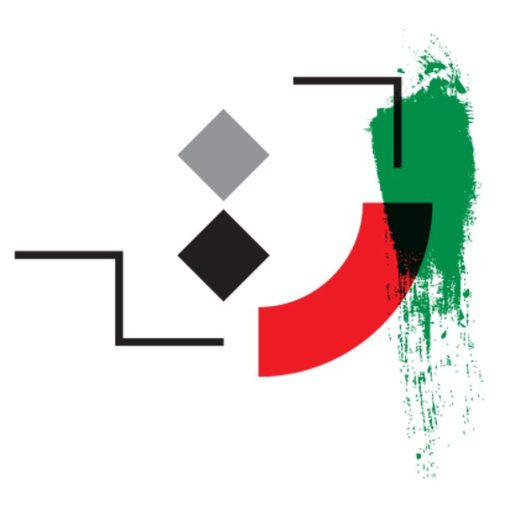Siavash Shahshahani
Biography
Siavash Mirshams Shahshahani (born May 31, 1942, in Tehran), attended five different schools during his primary and secondary education. After obtaining his high school diploma in 1960, he traveled to the United States to study mathematics. In 1969, he earned his Ph.D. in mathematics from the University of California, Berkeley, under the supervision of Stephen Smale. He spent several years teaching and conducting research at universities in the United States. In 1974, Shahshahani returned to Iran and joined Aryamehr University (now Sharif University of Technology) as an associate professor. In 1979, he was promoted to full professor and continued his activities at the university until his retirement in 2012.
Shahshahani’s specialized research primarily focused on dynamical systems. His most cited contribution is the development of a metric known as the “Shahshahani Metric,” initially introduced in the context of differential equations for genetic population dynamics but later applied in various fields. In Iran, Shahshahani played a significant role in nurturing talented students and teaching various mathematical subjects. His efforts resulted in the authorship of two books: Differential and Integral Calculus (two volumes, in Persian) and An Introductory Course on Differentiable Manifolds (in English).
Other activities of Shahshahani include serving as Head of the Mathematics Department at Sharif University (for a total of seven years), Deputy Director of the Institute for Research in Fundamental Sciences (1989–2002), Manager of the “.ir” internet domain (2002–2008), membership and representation in various international internet organizations, Editor-in-Chief of the Mathematical Publications Journal (1991–2005), Chair of the Mathematics Curriculum Planning Group in the Supreme Planning Council (1993–2001), Member of the Executive Board of the Iranian Mathematical Society (1975–1977) and founder of its newsletter, Member of the Mathematics Terminology Group of the Second Academy (1975–1977), Member of the Language and Computer Group of the Academy of Persian Language and Literature (2003–2004), and Member of the Board of the Iranian Association for the Study of the Information Society (2005–2007).
Shahshahani’s contributions have been recognized with numerous awards and honors, including: Outstanding Professor at Sharif University (twice), Science Promotion Award (2003), Eminent Figure Award (2003), Book of the Year Award (2009), Iranian Association for the Study of the Information Society Award (2009), Dr. Amin Award from the Sharif University Alumni Association (2010), Book Authorship Award from the University’s Research Deputy (2017), Iranian Mathematical Society Award (2023), Aminolzarb Award (2024), and the Four Professors Award (2025).
Video Index
Chapters:
- A Brief Overview of Life
- Education and Life in America
- Return to Iran and Presence at Aryamehr University
- The Revolution Era and Its Aftermath
- After the Cultural Revolution
- Other Activities, Part One
- Other Activities, Part Two
- Marriage and Personal Life
- Experiences and Work Methods
– Summary of Professional Career
– On the Failures You Experienced
– Activities After Retirement
– Self-Description
– Experiences and Mistakes
- University
– The Country’s Scientific Policies
– Strategies for Improving the Quality of Higher Education in Iran
– The Role of Politics in Universities
– The State of the Pre-University Education System
– On the Differences Between the Educational Systems in Iran and America
- About the Arte Project
Personal Information
- Birthday: May 31, 1942
- Birthplace: Tehran, Tehran, Iran
- Interview date: 16.02.2025- 09.09.2025
Mathematician and University Professor
